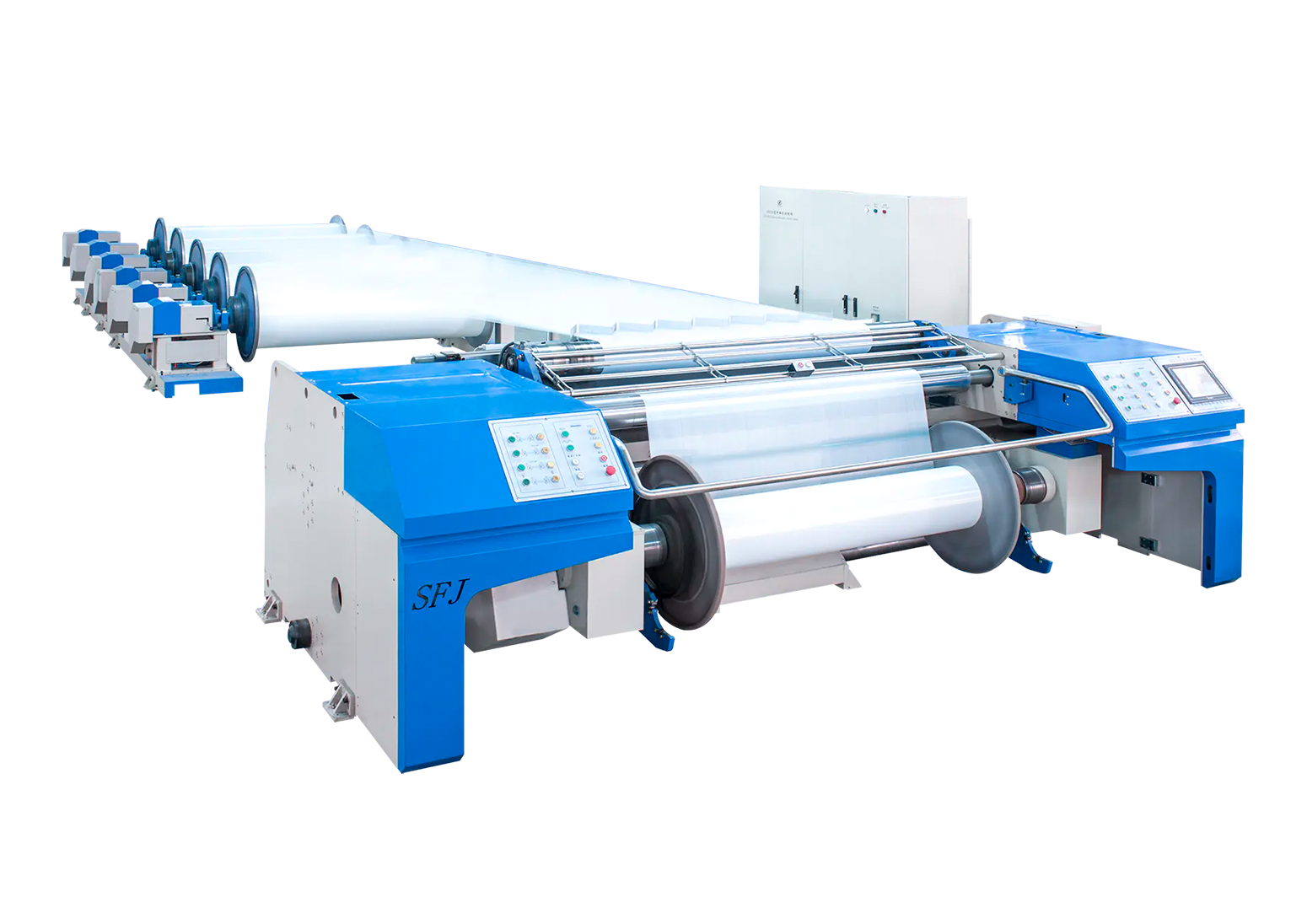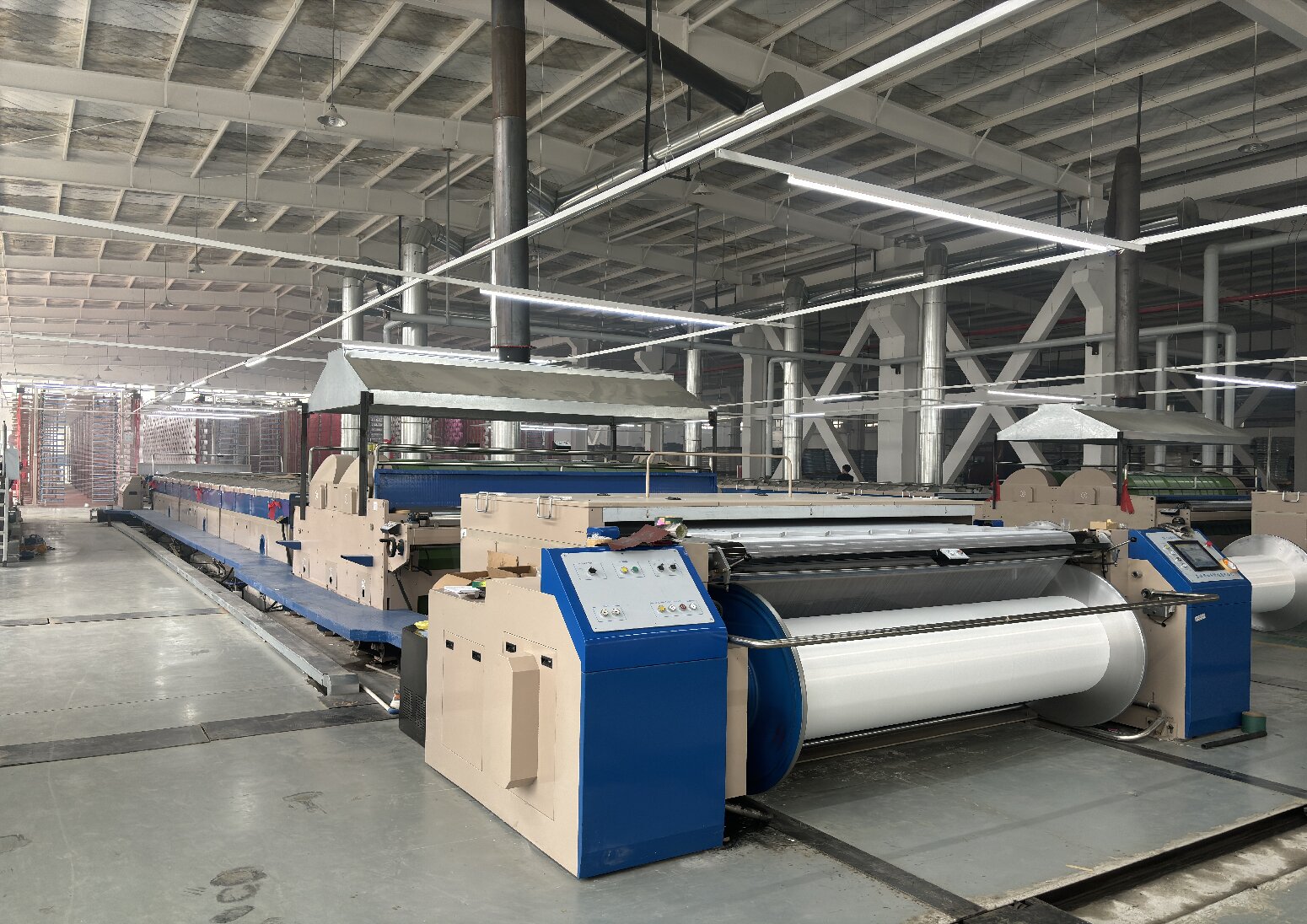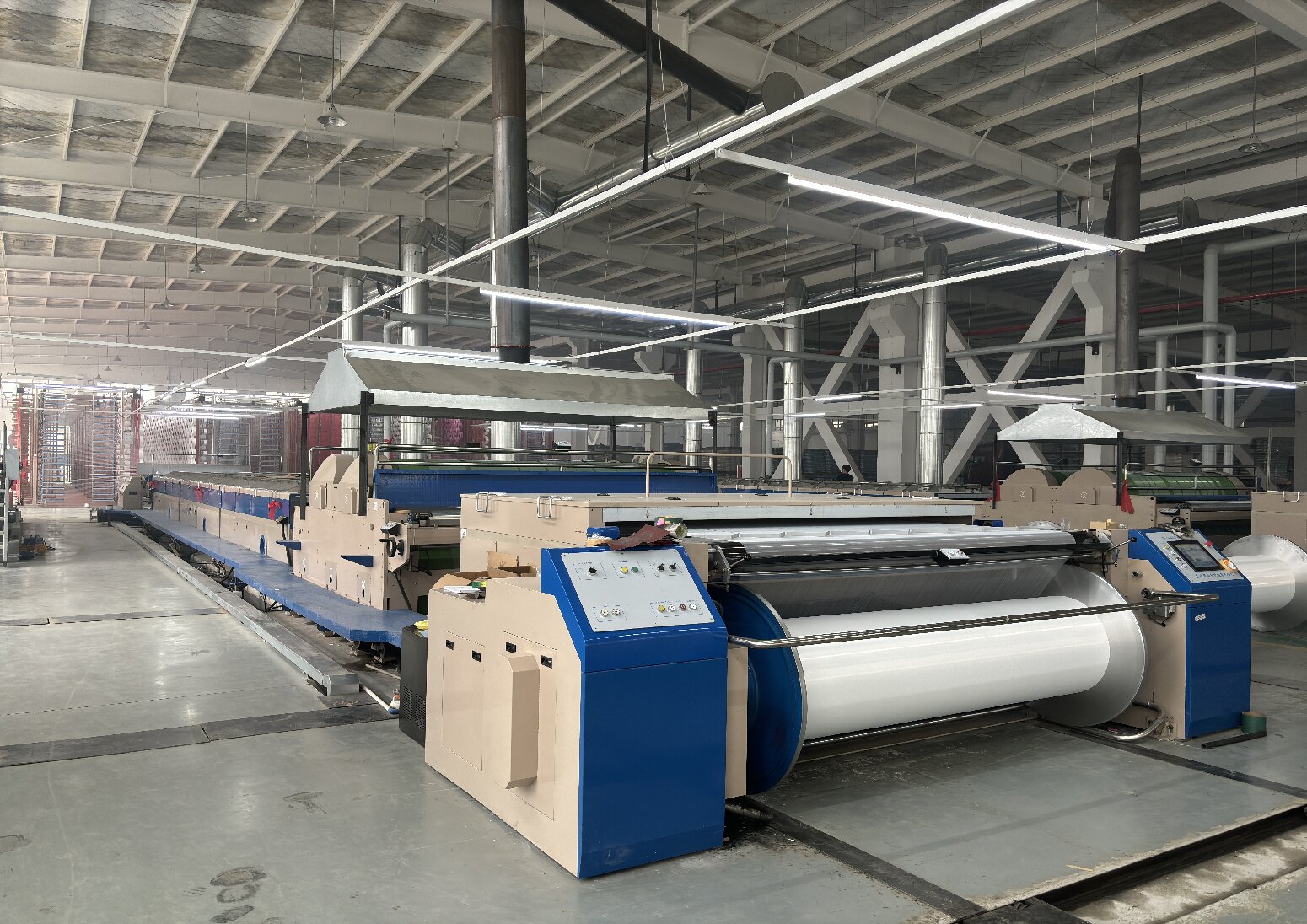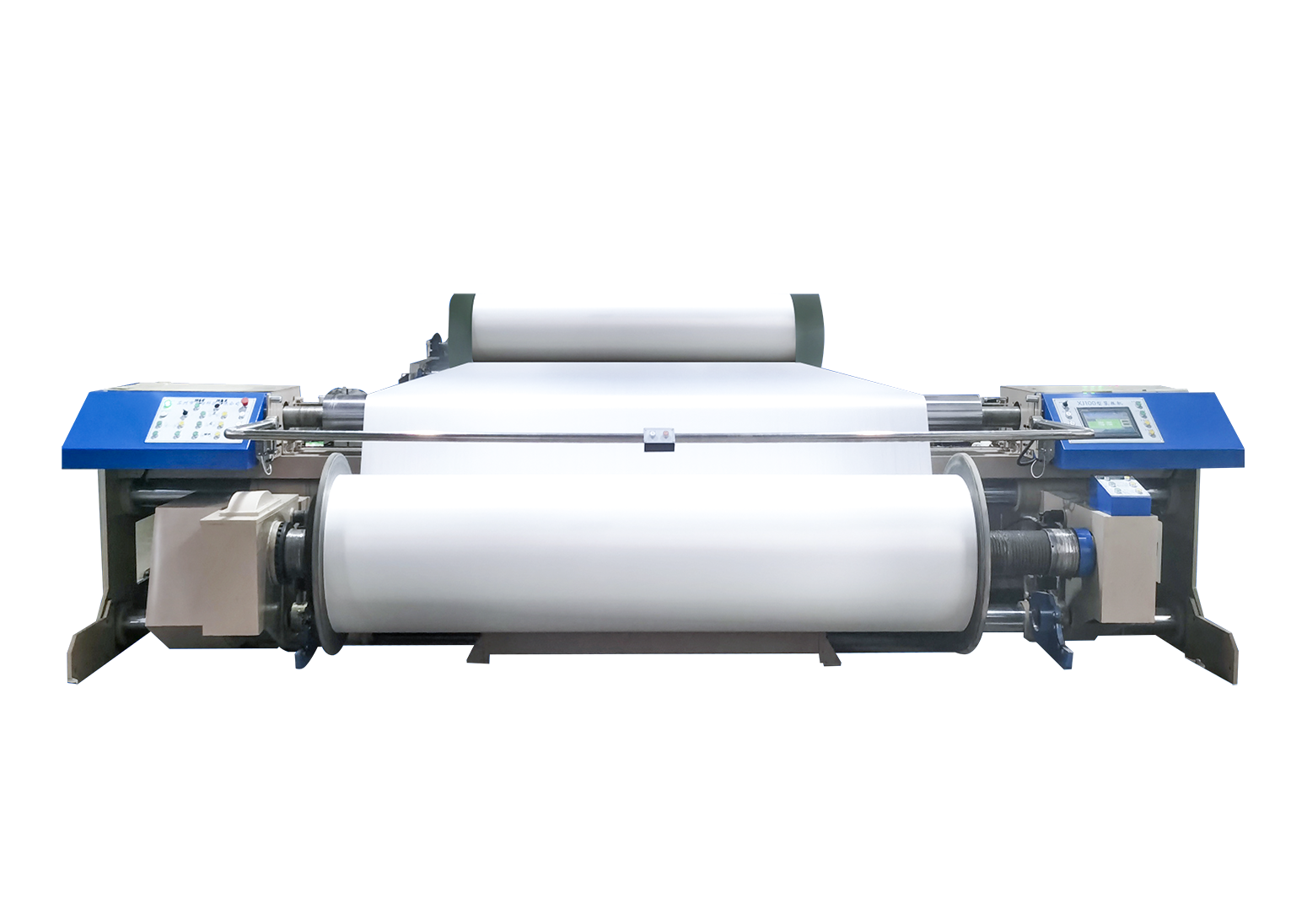What are the latest advancements in textile preparation equipment, and how do they improve the textile manufacturing process?
Textile preparation equipment plays a crucial role in the textile manufacturing process, as it prepares the raw materials to be woven or knitted into a finished product. Over the years, there have been several advancements in this equipment, aimed at improving efficiency, reducing waste, and enhancing the quality of the end product.
One of the latest advancements in textile preparation equipment is the use of digital technology. Digital systems allow for greater precision and control in the preparation process, resulting in less waste and improved quality. For example, digital sensors can be used to measure the thickness of fabric during the preparation process, ensuring that it meets the required specifications. This helps to reduce the amount of fabric that is discarded due to defects or inconsistencies, leading to cost savings and improved sustainability.
Another innovation in textile preparation equipment is the use of automation. Automated systems can perform tasks that were previously done manually, such as measuring and cutting fabric. This reduces the time and labor required for these tasks, allowing manufacturers to produce more textiles in less time. Automated systems can also improve accuracy and consistency, reducing the risk of errors that can lead to waste and rework.
some manufacturers are exploring the use of robotics in textile preparation. Robots can be programmed to perform a variety of tasks, such as sorting and stacking fabric, further reducing the need for manual labor. This can lead to increased productivity, improved quality, and a safer working environment for employees.
Another area of advancement in textile preparation equipment is the use of sustainable materials and processes. As consumers become more environmentally conscious, manufacturers are seeking ways to reduce their environmental impact. For example, some textile preparation equipment now uses recycled materials, such as plastic bottles, to create fabric. Others use more sustainable processes, such as using water-based dyes instead of traditional chemical dyes, which can be harmful to the environment.

One of the latest advancements in textile preparation equipment is the use of digital technology. Digital systems allow for greater precision and control in the preparation process, resulting in less waste and improved quality. For example, digital sensors can be used to measure the thickness of fabric during the preparation process, ensuring that it meets the required specifications. This helps to reduce the amount of fabric that is discarded due to defects or inconsistencies, leading to cost savings and improved sustainability.
Another innovation in textile preparation equipment is the use of automation. Automated systems can perform tasks that were previously done manually, such as measuring and cutting fabric. This reduces the time and labor required for these tasks, allowing manufacturers to produce more textiles in less time. Automated systems can also improve accuracy and consistency, reducing the risk of errors that can lead to waste and rework.
some manufacturers are exploring the use of robotics in textile preparation. Robots can be programmed to perform a variety of tasks, such as sorting and stacking fabric, further reducing the need for manual labor. This can lead to increased productivity, improved quality, and a safer working environment for employees.
Another area of advancement in textile preparation equipment is the use of sustainable materials and processes. As consumers become more environmentally conscious, manufacturers are seeking ways to reduce their environmental impact. For example, some textile preparation equipment now uses recycled materials, such as plastic bottles, to create fabric. Others use more sustainable processes, such as using water-based dyes instead of traditional chemical dyes, which can be harmful to the environment.




 中文简体
中文简体








